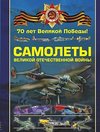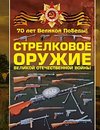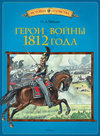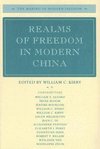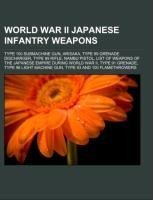
World War II Japanese infantry weapons
Source: Wikipedia. Pages: 28. Chapters: Type 100 submachine gun, Arisaka, Type 89 grenade discharger, Type 99 rifle, Nambu pistol, List of weapons of the Japanese Empire during World War II, Type 91 grenade, Type 96 Light Machine Gun, Type 93 and 100 flamethrowers,... Viac o knihe
Produkt je dočasne nedostupný
12.94 €
bežná cena: 14.70 €
O knihe
Source: Wikipedia. Pages: 28. Chapters: Type 100 submachine gun, Arisaka, Type 89 grenade discharger, Type 99 rifle, Nambu pistol, List of weapons of the Japanese Empire during World War II, Type 91 grenade, Type 96 Light Machine Gun, Type 93 and 100 flamethrowers, Type 11 light machine gun, MG 15, Type 38 rifle, Type 99 Light Machine Gun, Type 11 37 mm Infantry Gun, Type 97 light machine gun, Type 92 Heavy Machine Gun, Type 97 grenade, Type 10 grenade, Type 99 grenade, Shin gunto, Type 4 grenade, Nambu Type 94 pistol, Type 26 revolver, Type 10 grenade discharger, Type 4 70 mm AT Rocket Launcher, Type 44 carbine, Type II machine pistol, Type 97 sniper rifle, 8x22mm Nambu, Type 4 rifle, Type 3 Heavy Machine Gun, Type I Rifle, Type 99 mine, Type 1 Heavy Machine Gun, Type 94 90 mm Infantry Mortar, Type 2 rifle grenade launcher, Type 97 20 mm anti-tank rifle, Type 30 rifle, 7x20mm Nambu, Nambu Type 90, TERA rifle, Type 30 bayonet, Type 97 81 mm infantry mortar, Parachutist's Rifle Type 2, Type 38 cavalry rifle, Type 99 sniper rifle, Type 97 90 mm Infantry Mortar. Excerpt: The Type 100 (¿¿¿¿¿¿¿¿ Hyaku-shiki kikan-tanju) was a Japanese submachine gun used during World War II, and the only submachine gun produced by Japan in any quantity. It was made in two basic variants referred to by American and British observers as the Type 100/40 and the Type 100/44, the latter also known as the Type 100 (Simplified). A third variant was a folding version of the early model, sometimes referred to as the Type 100 Navy, made for parachutists. Designed and built by the Nambu Arms Manufacturing Company under a low-priority military contract, the Type 100 was a submachine gun that was first delivered to the Imperial Army in 1942. Japan was surprisingly late to introduce the sub-machine gun to its armed forces-a few models of the SIG Bergman 1920 (a licensed version of the German MP 18) were purchased from Switzerland in the 1920s. These were examined and copied, with significant changes. In 1942 the Type 100 SMG was first delivered for service, used by Japanese marines during the invasion of Southern China. The Type 100 was typical of the class of simple, inexpensive, wartime submachine guns produced by all military powers-designed for maximum ease of production. It is based on a simplified Bergman MP18, modified for the 8mm Nambu round. It was an automatic-only, air-cooled, blowback weapon firing from an open bolt and feeding from a side-mounted, 30-round detachable box magazine. The barrel was given six-groove, right-hand-twist rifling. Unusually for a submachine gun (but typical of Japanese weapons of the era), a bayonet lug was fixed under the barrel, in this case with a heavy bar and lug. Some of these models featured a bipod, and others featured a complicated muzzle brake. The Type 100 had a chrome-plated bore to help fight corrosion in Asian jungle conditions. Its complex ammunition feed included a feature whereby the firing pin would not operate until the round was fully chambered; frequent stoppages in firing were experienced in the field. The
- Vydavateľstvo: Books LLC, Reference Series
- Formát: Paperback
- Jazyk:
- ISBN: 9781156651803

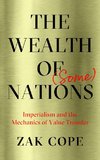
 Anglický jazyk
Anglický jazyk 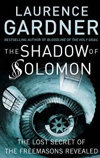


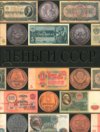
 Ruský jazyk
Ruský jazyk 